Icd 10 Tonsilitis Akut
 Icd 10 Tani Kodu Listesi Guncel Ilac Fiyati Nasil
Icd 10 Tani Kodu Listesi Guncel Ilac Fiyati Nasil
ICD-10-CM Code J03.9
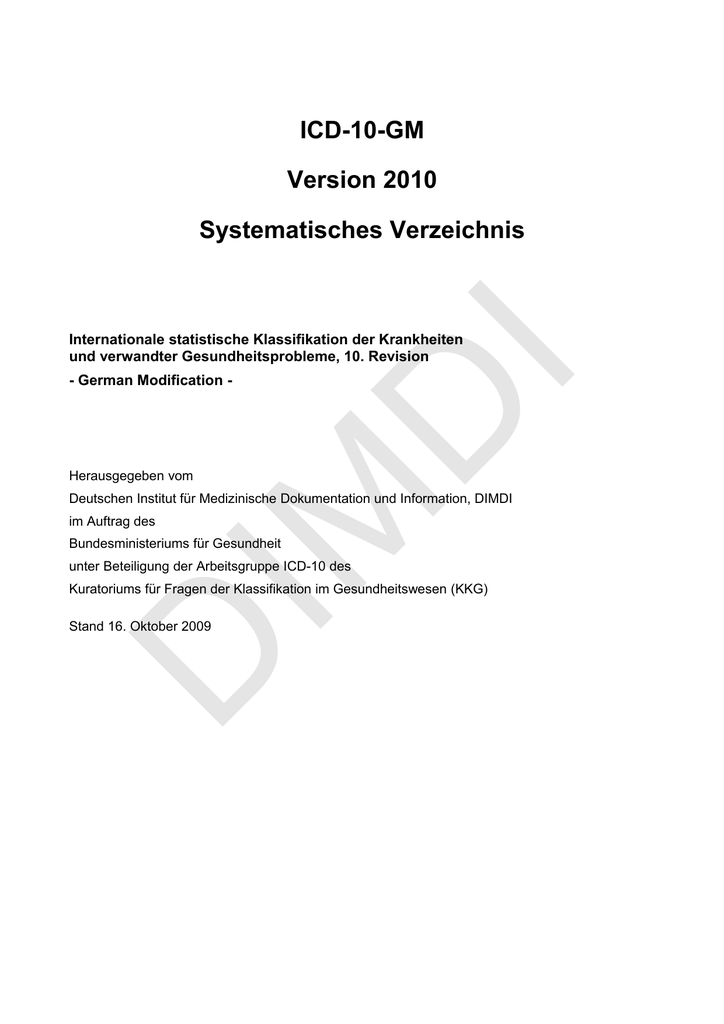
Tonsils are lumps of tissue at the back of the throat. There are two of them, one on each side. Along with the adenoids, tonsils are part of the lymphatic system. The lymphatic system clears away infection and keeps body fluids in balance. Tonsils and adenoids work by trapping the germs coming in through the mouth and nose. Tonsillitis is an inflammation (swelling) of the tonsils. Sometimes along with tonsillitis, the adenoids are also swollen. The cause of tonsillitis is usually a viral infection. Bacterial infections such as strep throat can also cause tonsillitis. Tonsillitis is most common in children over age two. Almost every child in the United States gets it at least once. Tonsillitis caused by bacteria is more common in kids ages 5-15. Tonsillitis caused by a virus is more common in younger children. Adults can get tonsillitis, but it is not very common. Although tonsillitis is not contagious, the viruses and bacteria that cause it are contagious. Frequent handwashing can help prevent spreading or catching the infections. The symptoms of tonsillitis include You should call your health care provider if your child You should get emergency care right away if your child To diagnose tonsillitis, your child's health care provider will first ask you about your child's symptoms and medical history. The provider will look at your child's throat and neck, checking for things such as redness or white spots on the tonsils and swollen lymph nodes. Your child will probably also have one or more tests to check for strep throat, since it can cause tonsillitis and it requires treatment. It could be a rapid strep test, a throat culture, or both. For both tests, the provider uses a cotton swab to collect a sample of fluids from your child's tonsils and the back of the throat. With the rapid strep test, testing is done in the office, and you get the results within minutes. The throat culture is done in a lab, and it usually takes a few days to get the results. The throat culture is a more reliable test. So sometimes if the rapid strep test is negative (meaning that it does not show any strep bacteria), the provider will also do a throat culture just to make sure that your child does not have strep. Treatment for tonsillitis depends on the cause. If the cause is a virus, there is no medicine to treat it. If the cause is a bacterial infection, such as strep throat, your child will need to take antibiotics. It is important for your child to finish the antibiotics even if he or she feels better. If treatment stops too soon, some bacteria may survive and re-infect your child. No matter what is causing the tonsillitis, there are some things you can do to help your child feel better. Make sure that your child In some cases, your child may need a tonsillectomy. A tonsillectomy is surgery to remove the tonsils. Your child might need it if he or she Your child usually gets the surgery and goes home later that day. Very young children and people who have complications may need to stay in the hospital overnight. It can take a week or two before your child completely recovers from the surgery.What is tonsillitis?
What causes tonsillitis?
Who is at risk for tonsillitis?
Is tonsillitis contagious?
What are the symptoms of tonsillitis?
When should I get medical help for my child?
How is tonsillitis diagnosed?
What are the treatments for tonsillitis?
What is a tonsillectomy and why might my child need one?
Gallery Icd 10 Tonsilitis Akut
 Reductions In Otitis And Other Respiratory Tract Infections
Reductions In Otitis And Other Respiratory Tract Infections
 Code Penyakit Icd 10 Autosaved Wiwien Indriyati Academia Edu
Code Penyakit Icd 10 Autosaved Wiwien Indriyati Academia Edu
 Penyakit Sistem Pernapasan Dr Mayang Anggraini Naga Ppt
Penyakit Sistem Pernapasan Dr Mayang Anggraini Naga Ppt
 Kode Pintar Icd 10 Jlk9jwyd9045
Kode Pintar Icd 10 Jlk9jwyd9045
Family History Genes And Gene Environment Interaction In
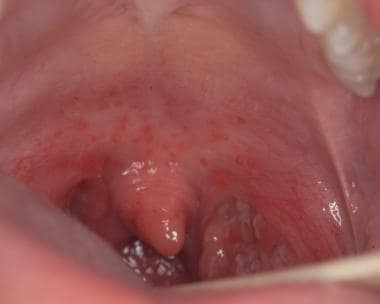 Pharyngitis Practice Essentials Background Pathophysiology
Pharyngitis Practice Essentials Background Pathophysiology
 Kod Untuk Icd 10 Adalah Tonsilitis Akut Penerangan Sebab
Kod Untuk Icd 10 Adalah Tonsilitis Akut Penerangan Sebab
 Tonsillitis And Sore Throat In Children
Tonsillitis And Sore Throat In Children
 Pembacaan Tonsilitis Sebab Gejala Pilihan Rawatan Ulasan
Pembacaan Tonsilitis Sebab Gejala Pilihan Rawatan Ulasan
Index Of Wp Content Uploads 2014
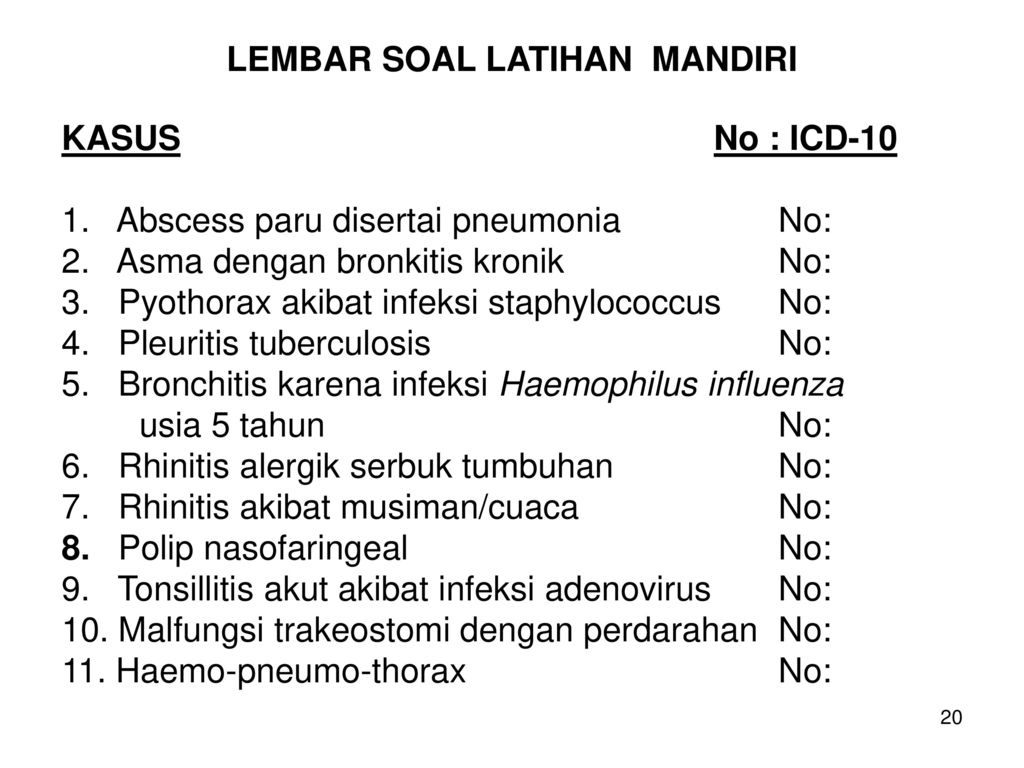 Penyakit Sistem Pernapasan Dr Mayang Anggraini Naga Ppt
Penyakit Sistem Pernapasan Dr Mayang Anggraini Naga Ppt
 J03 9 Icd Code Kodierhilfen Fallpauschalen Zusatzentgelte
J03 9 Icd Code Kodierhilfen Fallpauschalen Zusatzentgelte



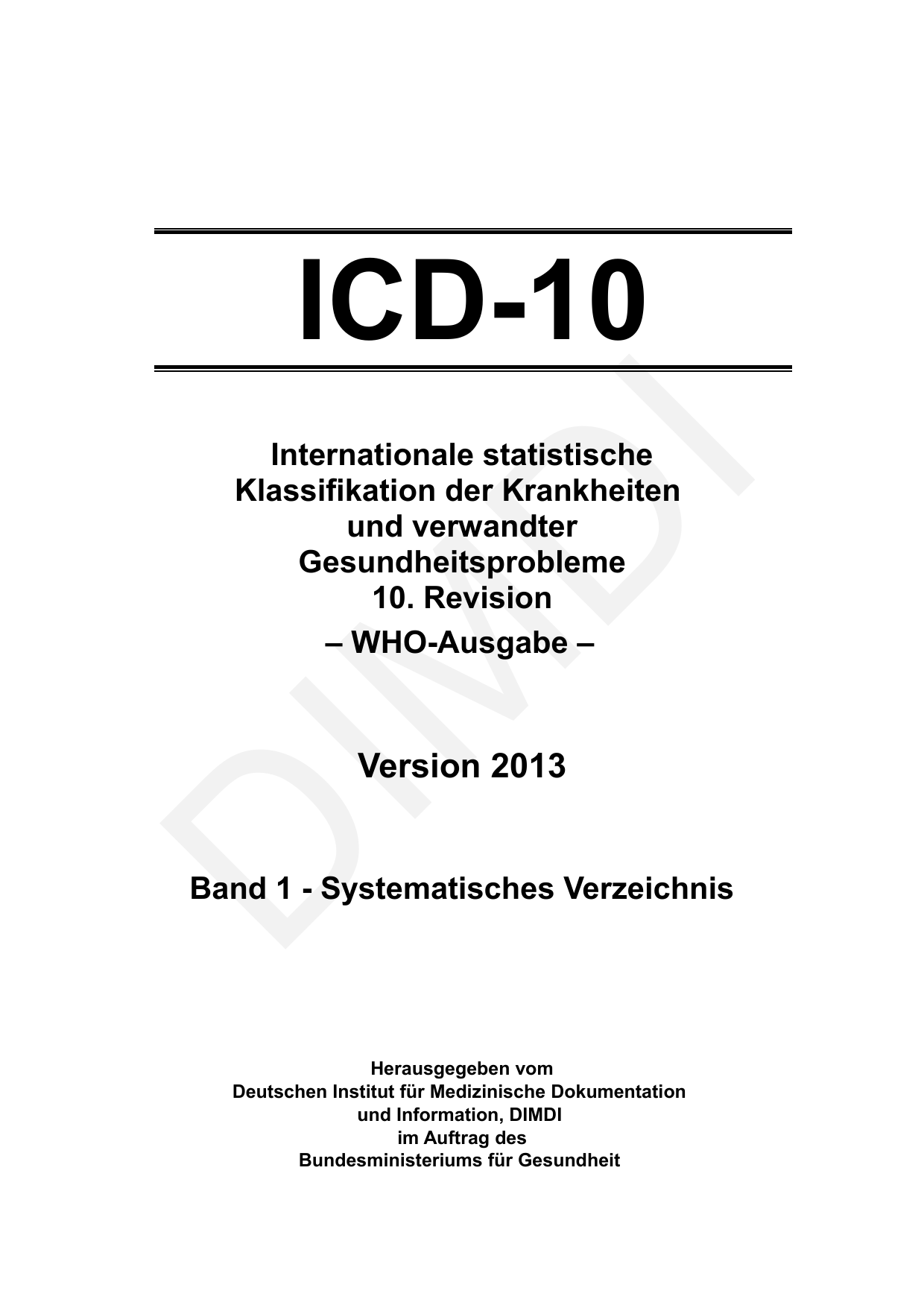

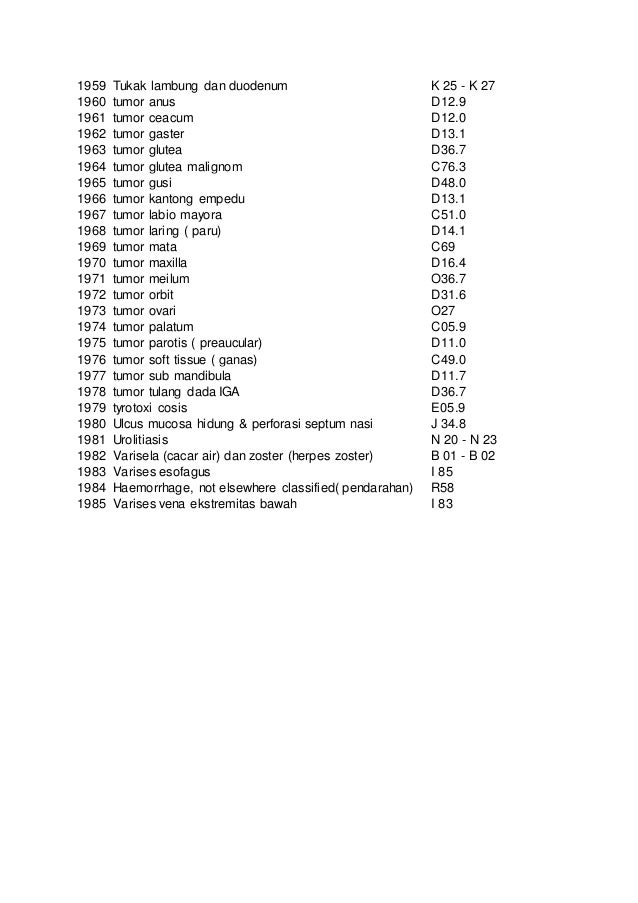
0 Response to "Icd 10 Tonsilitis Akut"
Post a Comment